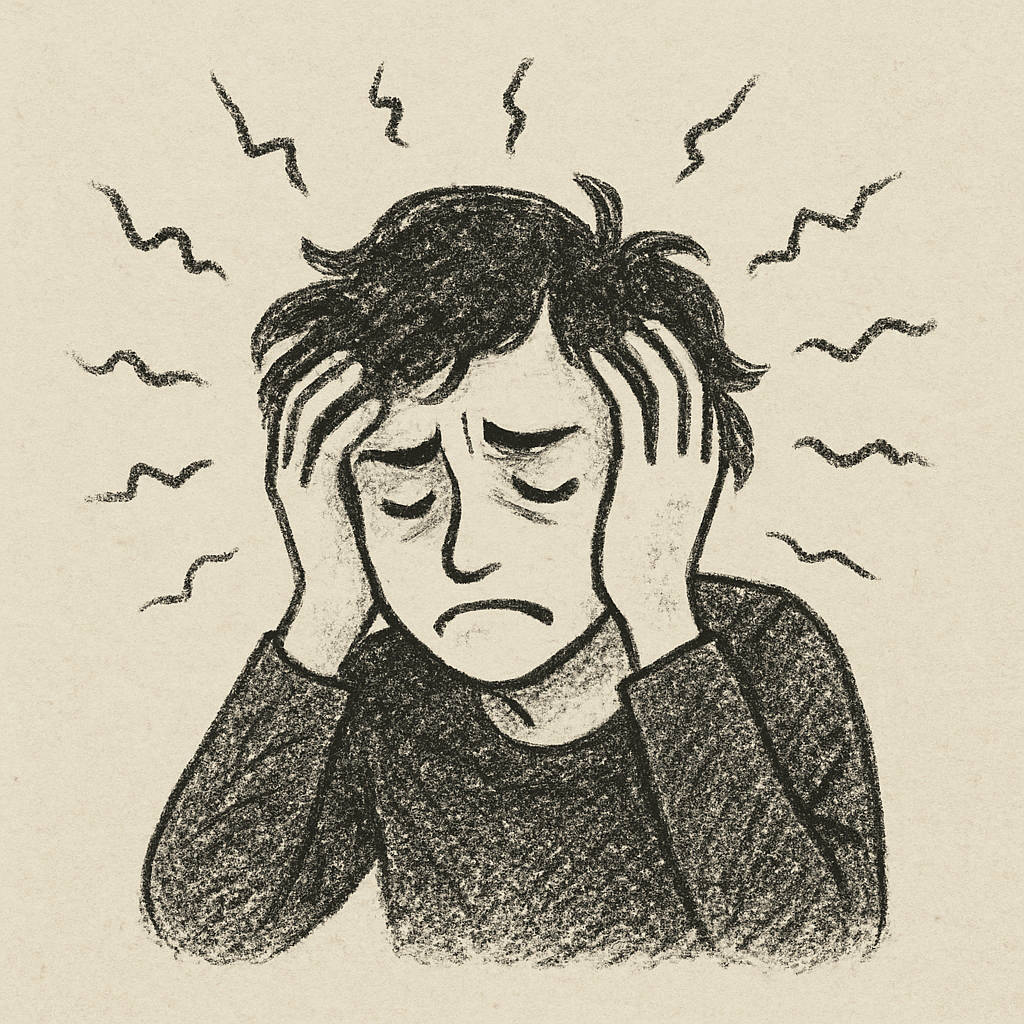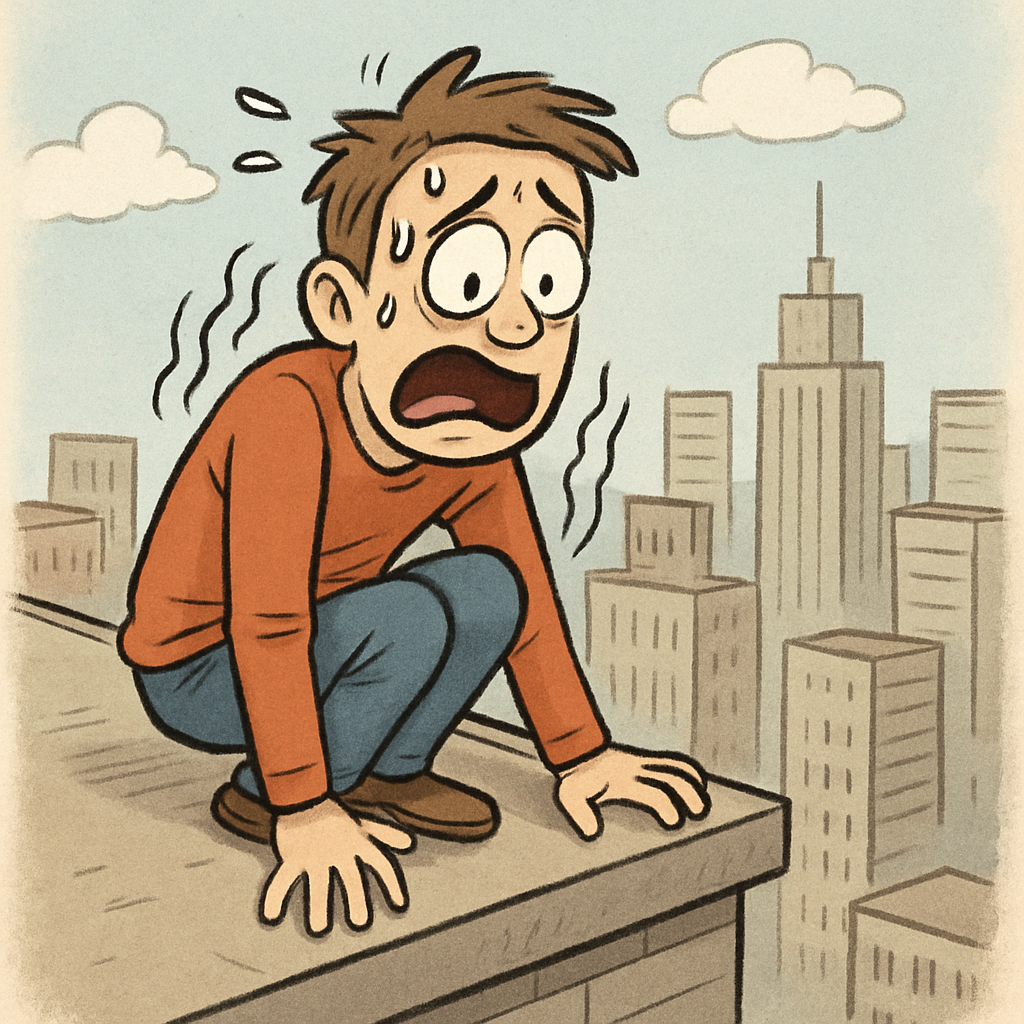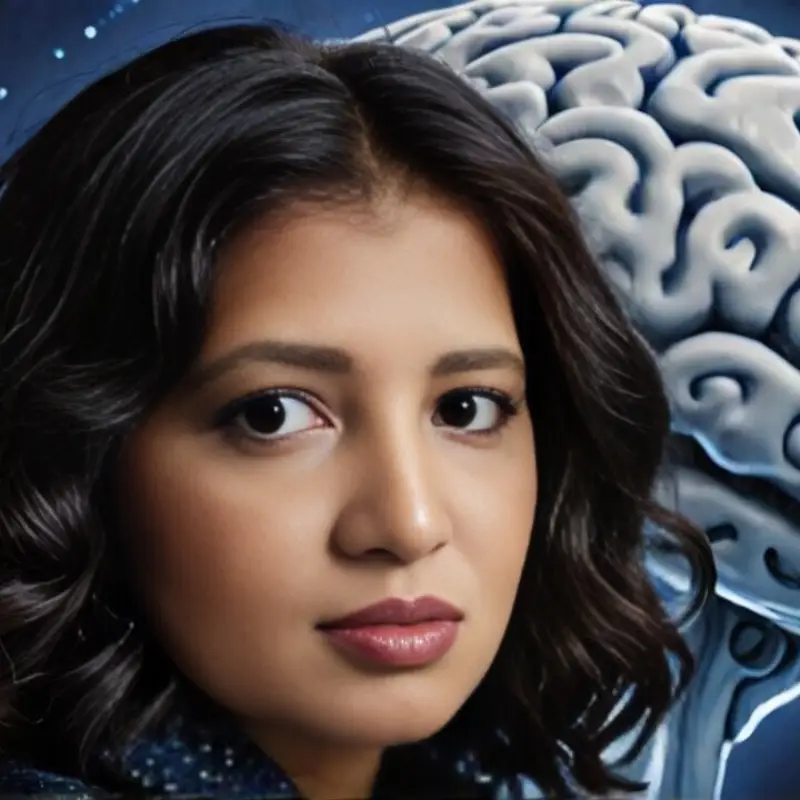Differentiate between panic disorder phobias and obsessives-compulsive disorder according to the DSM criteria

Panic Disorder Symptoms
- Palpitations: A sensation of heart pounding or racing, often accompanied by an awareness of one’s heartbeat.
- Sweating: Excessive perspiration without physical exertion, which can occur even in cool environments.
- Trembling or Shaking: Uncontrollable shaking or jitters, which may be visible to others and can affect one’s ability to perform tasks.
- Shortness of Breath: Feeling unable to catch your breath, which can lead to hyperventilation and further anxiety.
- Feelings of Choking: Sensation of throat constriction, often leading to a fear of suffocation.
- Chest Pain: Sharp, stabbing pain or discomfort in the chest area, often mistaken for a heart attack.
- Nausea or Abdominal Distress: Upset stomach or digestive issues, sometimes leading to vomiting.
- Dizziness or Lightheadedness: Feeling faint or unsteady, which can increase the fear of losing control or fainting.
- Chills or Hot Flashes: Sudden temperature changes in the body, contributing to feelings of discomfort and disorientation.
- Numbness or Tingling: Sensations often felt in fingers or toes, known as paresthesia, which can be alarming.
- Derealization: Feeling detached from reality or surroundings, often described as feeling “unreal” or in a dream-like state.
- Fear of Losing Control: Intense worry about going “crazy” or losing one’s mind during an attack.
- Fear of Dying: Persistent concern about death during an attack, often due to the severity of physical symptoms.
Diagnostic Criteria for Panic Disorder
The DSM specifies that to be diagnosed with Panic Disorder, an individual must experience at least one panic attack followed by a month or more of persistent concern about having another attack or significant changes in behavior related to the attacks. This ongoing worry can lead to avoidance behaviors, where individuals may steer clear of places or situations where they believe a panic attack could occur. Such behavior can severely restrict one’s lifestyle, affecting work, social activities, and general well-being. The disorder may also be accompanied by agoraphobia, where individuals fear being in places where escape might be difficult during a panic attack.
Exploring Phobias

Common Phobias
- Acrophobia: Fear of heights, which can lead to avoidance of tall buildings, bridges, or even looking out of windows from high places.
- Claustrophobia: Fear of confined spaces, often causing distress in elevators, small rooms, or crowded areas.
- Arachnophobia: Fear of spiders, which can extend to avoiding places where spiders might be present, such as basements or attics.
- Cynophobia: Fear of dogs, potentially restricting outdoor activities or visits to homes with pets.
- Aerophobia: Fear of flying, which can hinder travel plans and lead to significant life adjustments to avoid air travel.
Diagnostic Criteria for Phobias
According to the DSM, the phobic object or situation almost always provokes immediate fear or anxiety. The fear is out of proportion to the actual danger posed and is persistent, typically lasting for six months or more. Importantly, the phobia causes significant distress or impairment in social, occupational, or other important areas of functioning. This impairment can lead to a reduction in quality of life, as individuals may miss out on experiences and opportunities due to their phobias. The persistent nature of phobias often requires targeted therapeutic interventions for effective management.
Delving into Obsessive-Compulsive Disorder (OCD)

OCD is characterized by unwanted, intrusive thoughts (obsessions) and repetitive behaviors or mental acts (compulsions) that the individual feels driven to perform. The DSM outlines specific criteria that distinguish OCD from other anxiety disorders. Obsessions and compulsions in OCD are not just fleeting concerns or habits; they are time-consuming and cause significant distress. This disorder can be debilitating, as the compulsions are often performed to prevent a feared event or situation, which is usually not grounded in reality.
OCD Symptoms
- Obsessions: Recurrent, persistent thoughts, urges, or images that are intrusive and cause significant anxiety or distress. These obsessions can revolve around themes such as contamination, harm, symmetry, or taboo thoughts.
- Compulsions: Repetitive behaviors (e.g., hand washing, checking) or mental acts (e.g., counting, praying) that an individual feels compelled to perform in response to an obsession. These compulsions are meant to reduce anxiety or prevent a dreaded event, yet they are not connected in a realistic way to what they are meant to neutralize.
Diagnostic Criteria for OCD
The DSM requires that obsessions and compulsions be time-consuming (taking more than one hour per day) or cause significant distress or impairment in social, occupational, or other important areas of functioning. It’s also noted that the obsessions or compulsions are not attributable to the physiological effects of a substance or another medical condition. The chronic nature of OCD means that it often requires long-term treatment strategies, including therapy and medication, to manage symptoms effectively. It is crucial to recognize OCD early to prevent the disorder from severely impacting one’s life and relationships.
Panic Disorder vs OCD: Key Differences
While both Panic Disorder and OCD can involve intense anxiety, their manifestations are distinct. Panic Disorder centers around sudden, acute episodes of panic with physical symptoms. In contrast, OCD involves persistent obsessions and compulsions that are more chronic and ritualistic. Panic attacks typically resolve on their own, whereas OCD requires active intervention to manage the compulsive behaviors. Understanding these differences is crucial for accurate diagnosis and treatment, ensuring that individuals receive the appropriate care for their specific condition.
Panic Disorder vs Phobias
Both Panic Disorder and phobias involve anxiety, but phobias are triggered by specific objects or situations, whereas panic attacks in Panic Disorder can occur unexpectedly. Phobias lead to avoidance behavior, while Panic Disorder might result in anticipatory anxiety about future attacks. The anticipation in Panic Disorder can be as debilitating as the attacks themselves, leading to a cycle of fear and avoidance. Differentiating between these disorders is essential for developing effective coping strategies and treatment plans.
OCD vs Phobias
OCD and phobias both involve anxiety, but the nature differs. In OCD, the anxiety stems from intrusive thoughts and the need to perform compulsions to alleviate that anxiety. Phobias are centered around specific fears of objects or situations, leading to avoidance. The compulsions in OCD can sometimes resemble avoidance behaviors seen in phobias, but they are primarily driven by the need to neutralize obsessive thoughts. Recognizing these subtle differences can help in tailoring therapeutic approaches to each individual’s unique needs.
Conclusion
